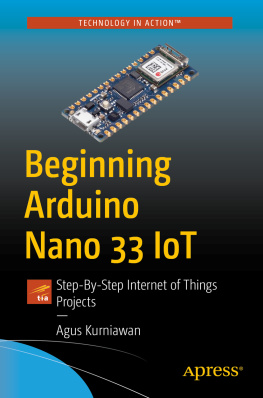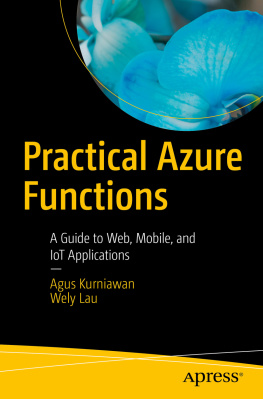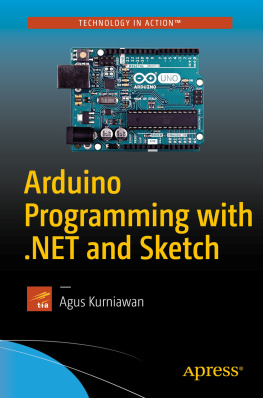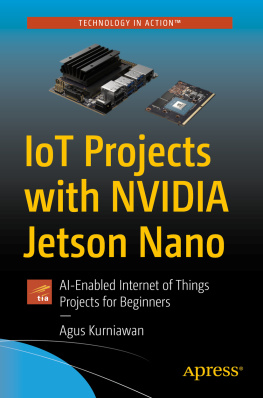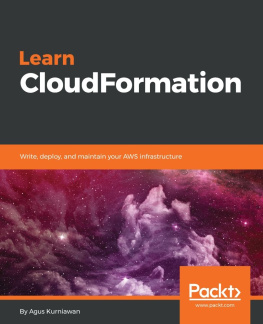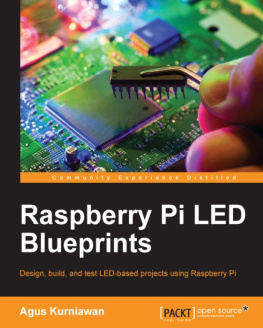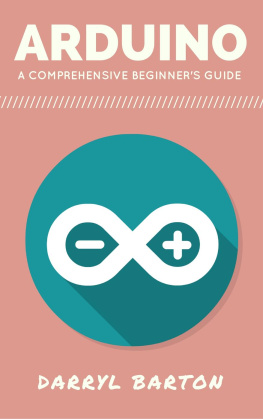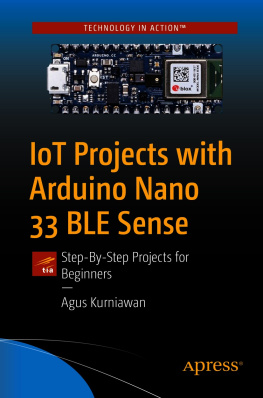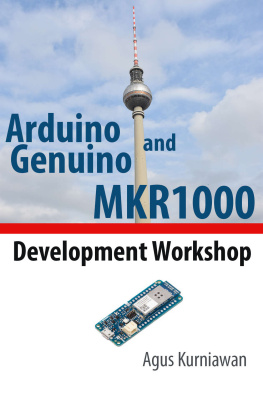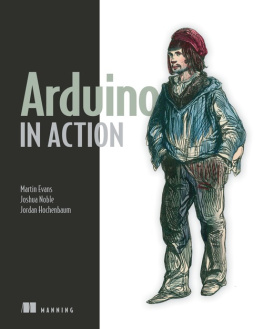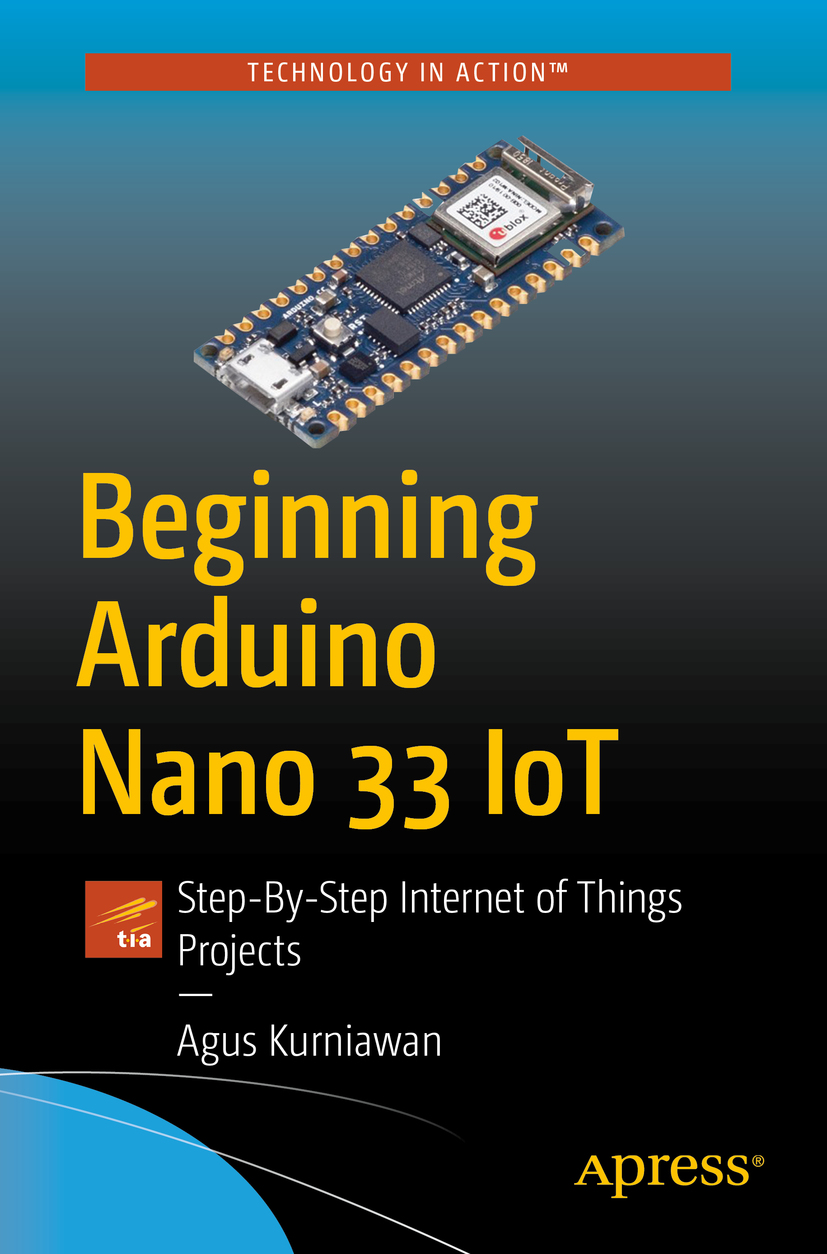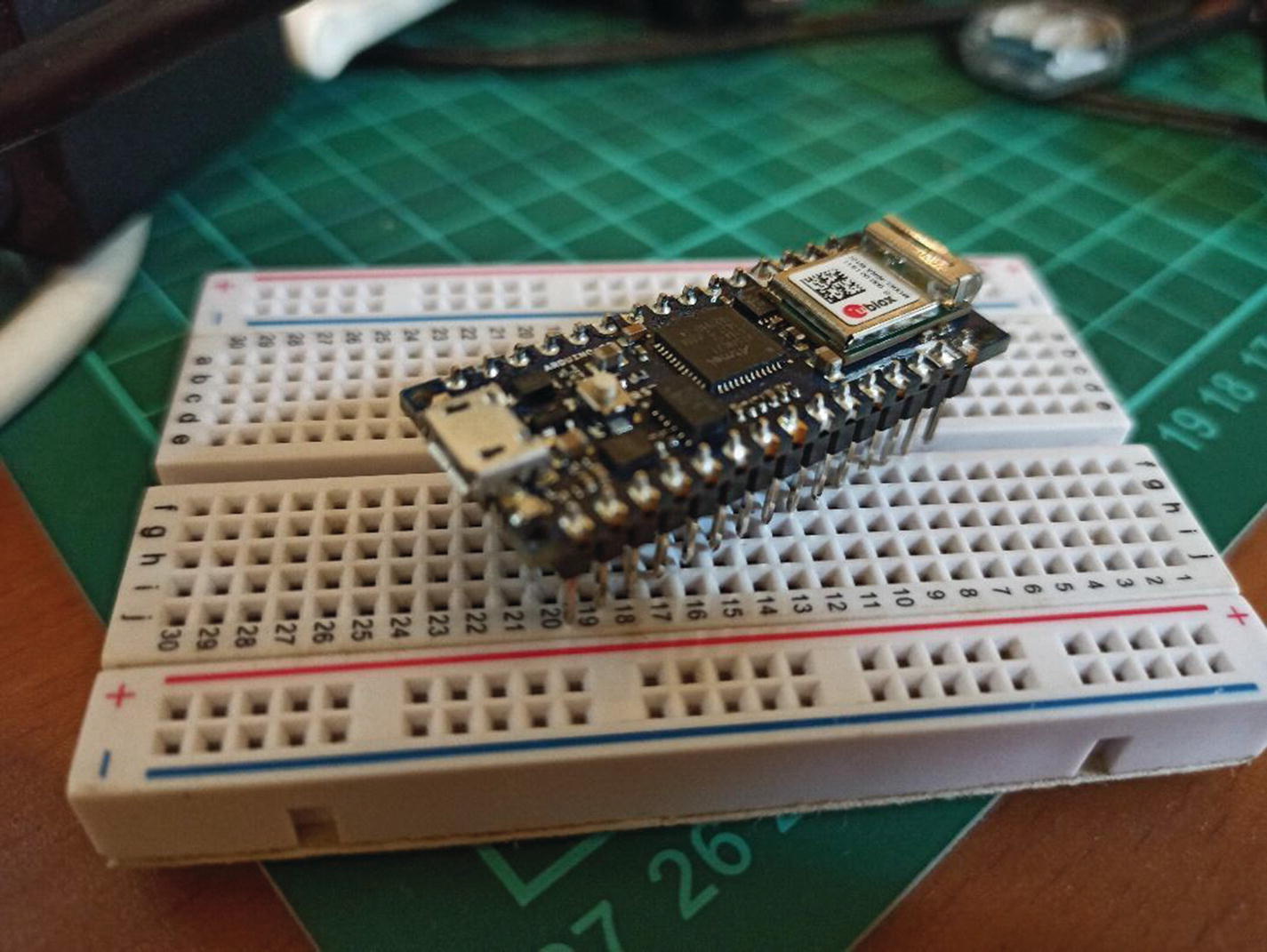Agus Kurniawan - Beginning Arduino Nano 33 IoT: Step-by-Step Internet of Things Projects
Here you can read online Agus Kurniawan - Beginning Arduino Nano 33 IoT: Step-by-Step Internet of Things Projects full text of the book (entire story) in english for free. Download pdf and epub, get meaning, cover and reviews about this ebook. year: 2020, publisher: Apress, genre: Computer. Description of the work, (preface) as well as reviews are available. Best literature library LitArk.com created for fans of good reading and offers a wide selection of genres:
Romance novel
Science fiction
Adventure
Detective
Science
History
Home and family
Prose
Art
Politics
Computer
Non-fiction
Religion
Business
Children
Humor
Choose a favorite category and find really read worthwhile books. Enjoy immersion in the world of imagination, feel the emotions of the characters or learn something new for yourself, make an fascinating discovery.
- Book:Beginning Arduino Nano 33 IoT: Step-by-Step Internet of Things Projects
- Author:
- Publisher:Apress
- Genre:
- Year:2020
- Rating:4 / 5
- Favourites:Add to favourites
- Your mark:
Beginning Arduino Nano 33 IoT: Step-by-Step Internet of Things Projects: summary, description and annotation
We offer to read an annotation, description, summary or preface (depends on what the author of the book "Beginning Arduino Nano 33 IoT: Step-by-Step Internet of Things Projects" wrote himself). If you haven't found the necessary information about the book — write in the comments, we will try to find it.
Develop Internet of Things projects with Sketch to build your Arduino programs. This book is a quick reference guide to getting started with Nano 33 IoT, Arduinos popular IoT board.
Youll learn how to access the Arduino I/O, understand the WiFi and BLE networks, and optimize your board by connecting it to the Arduino IoT Cloud. Arduino Nano 33 IoT is designed to build IoT solutions with supported WiFi and BLE networks. This board can be easily extend through I/O pins, sensors and actuators.
Beginning Arduino Nano 33 IoT is the perfect solution for those interested in learning how to use the latest technology and project samples through a practical and content-driven approach.
What Youll Learn- Prepare and set up Arduino Nano 33 IoT board
- Operate Arduino Nano 33 IoT board hardware and software
- Develop programs to access Arduino Nano 33 IoT board I/O
- Build IoT programs with Arduino Nano 33 IoT board
Makers, developers, students, and professional of all levels.
Agus Kurniawan: author's other books
Who wrote Beginning Arduino Nano 33 IoT: Step-by-Step Internet of Things Projects? Find out the surname, the name of the author of the book and a list of all author's works by series.

